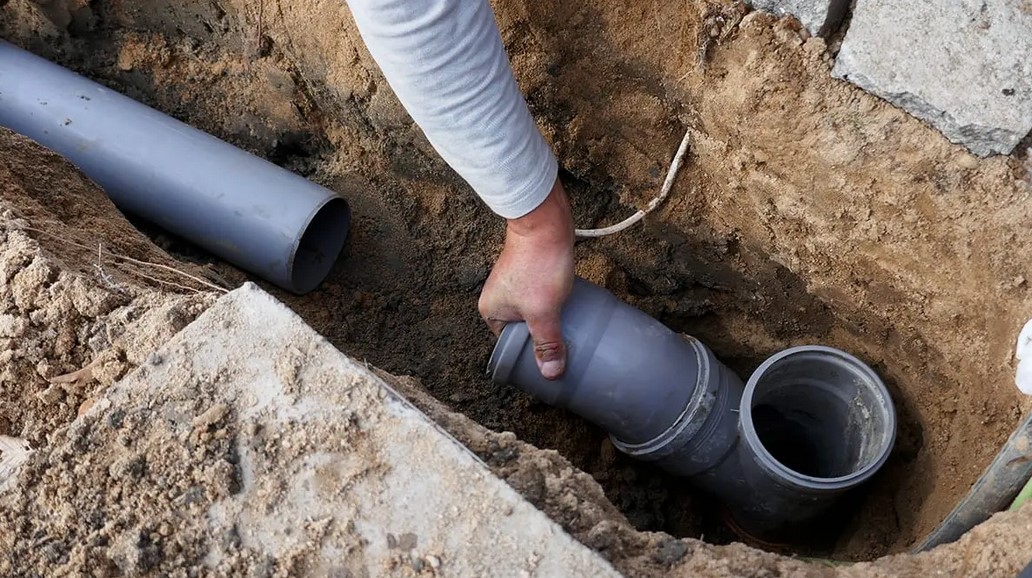
During trenchless sewer pipe lining installation, your expert plumbers install a high-tech, flexible epoxy-saturated liner directly into your old sewer pipes. It navigates around bends, plumbing connections, and even diameter changes without any problems.
Before trenchless pipe lining can begin, your plumbers will perform a drain inspection with a camera system. This will help them identify any issues and determine if this method is the right choice for your home.
Preparation
A broken or clogged sewer line can be repaired and replaced effectively and economically by trenchless sewer pipelining. It avoids yard excavation, sidewalk destruction, and digging up trees.
The process starts with a camera inspection of the inside of your sewer line to determine if it’s leaking, blocked, or damaged. If so, many liner systems can be installed to seal and protect the sewer line against leaks, root infiltration, soil erosion, and water damage for a minimum of 50 years.
It is an exclusive epoxy-saturated tube placed into the damaged or backed-up sewer line to create a new, sealed drain pipe within your existing one. The tubing is inflated with compressed air to help stick it to the sides of your sewer line, then steam-cured to harden the resin.
Liner Insertion
During the liner insertion process, the technician cleans out your sewer line and prepares a new liner. This liner will cover the entire inside of your pipe and completely seal it. This will prevent future leaking and keep stormwater out.
This lining will also prevent tree roots from infiltrating your pipes and extend their lifespan. Once the liner is inserted into the line, it’s pressure washed and steam cured to secure it.
The liners are also designed to navigate around sharp bends in the pipe and can even be installed around plumbing connections. They’re rated to last for 50 years or more when properly installed.
A plumber typically inserts the liners through two access holes, one in your home and another where the new liner joins your sewer main. This way, a trenchless pipe can replace a damaged sewer line without digging up your yard and creating a bigger mess.
Sealing
The sealing process is a critical step in trenchless sewer pipe lining installation. It involves the addition of a new liner that completely seals your pipe to avoid leaks, keep stormwater out, and stop roots from entering your sewer pipe for about 50 years.
In this process, your technician will clean out the pipes using a sewer camera and pressure wash them. They then insert the liner and inflate it with compressed air, which helps it stick to the sides of the pipe and creates a seamless, watertight seal.
They then use a steam or hot water hose to heat-cure the liner and ensure it is strong enough to last for decades without needing maintenance.
Unlike traditional pipe replacement, which requires digging a long trench that destroys your yard and landscaping, this trenchless method can be done in as little as one day. Besides being less invasive, it also minimizes the amount of waste and energy used in your home or business.
Testing
Trenchless sewer pipelining installation involves testing to ensure the pipe liner is installed correctly. During this process, a plumber feeds a camera through your sewer line to spot any signs of damage or rusty pipes.
Once the technician identifies the problem, they can tell you if trenchless repair is best for your sewer line. They’ll also provide you with an estimate of the total cost of their services.
Trenchless sewer pipelining is less invasive than digging up your yard to find and replace a broken or rusted sewer line. This method also saves you money on backfilling and restoring your landscape after the work is complete.
